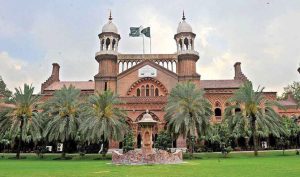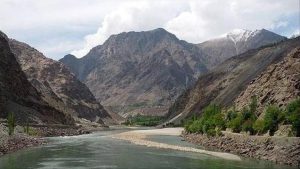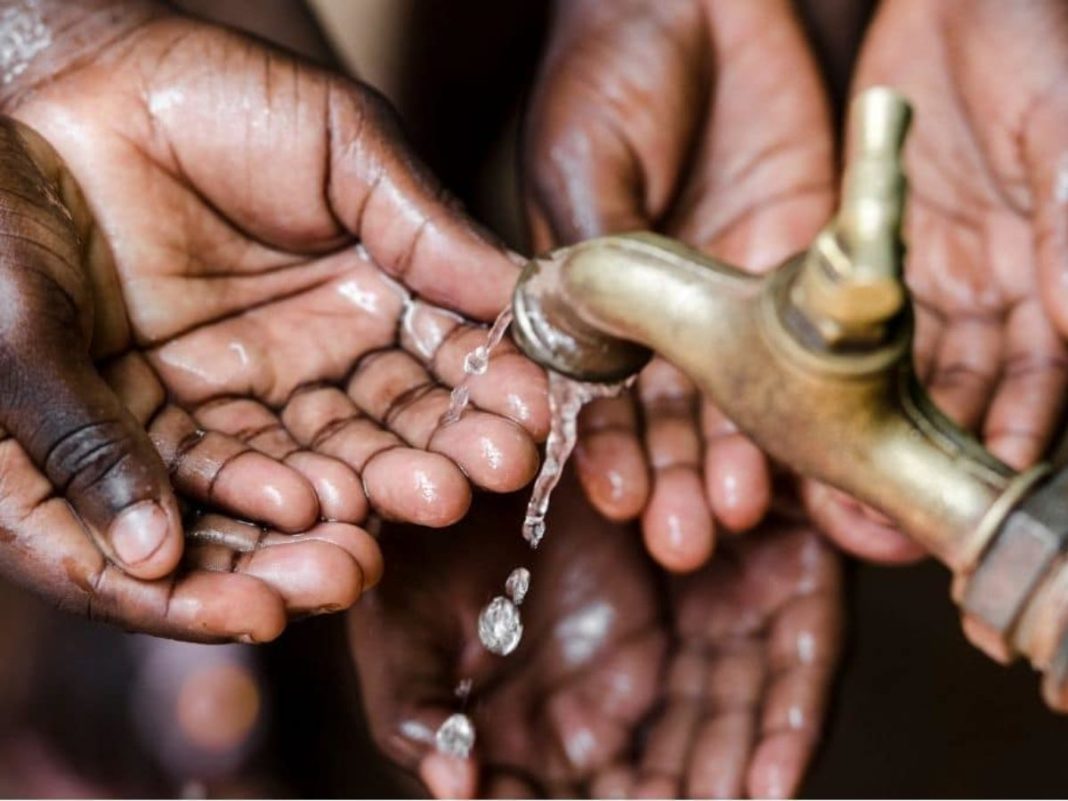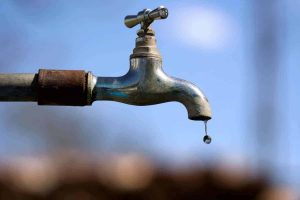Rising temperatures, retreating glaciers, and more unpredictable rainfall are all signs of climate change’s tightening hold. The water supply is now less dependable than before as a result. Higher evaporation on hotter days increases demand for agriculture irrigation and drinking water, which together use more than 90% of the nation’s water supply.
Meanwhile, a fast expanding population, increased cropping intensity, and the extension of cultivated territory are further taxing already overburdened water supplies. Unfortunately, the issue has recently come into sharper attention due to the ongoing intense debate surrounding the six proposed canals and recent drought-like conditions.

Large infrastructure projects like roads, flyovers, underpasses, and city bypasses have trumped climate change, the environment, and the water sector during the past few decades; this neglect has cost. Many regions of Pakistan currently have severe water stress due to crop irrigation, and for some, getting access to drinking water will become difficult in the years to come.
Under the surface, nothing has improved. As river flows continue to decline, our growing reliance on groundwater is causing it to disappear at an alarming rate. Unchecked indiscriminate pumping persists, fueled in part by solar panels. Water tables are dropping more than five feet year, even in irrigated areas. Water quality is deteriorating as a result, which exacerbates the problem.
Rainwater collecting should be Pakistan’s top priority as a crucial remedy for the country’s diminishing groundwater supplies.
Even while the problem has gained attention and the Punjab government was recently persuaded to declare a water emergency by the Lahore High Court, significant progress has yet to be made. To improve the situation, there is now minimal public investment, no defined policy, and no cohesive plan. Pakistan continues to lag behind other nations in the region in implementing tried-and-true methods for groundwater recharge and water storage.
The inflatable rubber dam, a flexible, sealed barrier positioned across water channels, is one example of such technology. These dams, which are usually hundreds of meters long and one to three meters high, are constructed of sturdy, waterproof material. They are inflated with air or water to create a stiff barrier and are fastened to a concrete foundation using bars and bolts.

Inflatable rubber dams are widely utilized in many nations in Europe, North America, and Asia. They can be used for a variety of reasons, from retaining water and managing floods to replenishing groundwater aquifers, each of which is customized to fit particular local requirements and environmental conditions. With thousands of such facilities, China and Japan are the world leaders. Since the 1990s, Bangladesh has constructed hundreds as well. Similar dams were most recently built in Kazakhstan’s Kostanay area in 2025.
Regretfully, the Punjab government has been unable to make a decision for the past ten years despite identifying more than thirty feasible locations along the Jhelum, Chenab, Ravi, and Sutlej rivers. There isn’t a single inflatable rubber dam in existence. Plans languish as billions are diverted to concrete-heavy projects like highways, which provide considerably greater political prominence than long-term water security. It’s a clear indication of priorities gone awry.

Groundwater recharge wells, which have been mainly disregarded in the past despite their enormous potential to counteract declining water tables and lessen urban flooding, are another affordable, high-impact technology. Farmers frequently find it difficult to remove extra rainfall from their crops during periods of intense precipitation, especially during the monsoon season. They even miss their weekly irrigation turns and cut off their canal watercourses.
Similarly, rooftop rainwater floods streets, neighborhoods, and business districts in cities. All of this excess water eventually finds its way into rivers, flood drains, and the ocean, which is a huge loss in a nation with limited water resources.
Pakistan should prioritize rainwater collection as a crucial approach to solve its falling groundwater levels, in contrast to other nations where it mostly replaces water brought from far-off sources.
In order to fully utilize this unexplored resource, it is imperative that groundwater recharge well technology be widely promoted in both rural and urban regions. Getting the private sector to produce and deliver the required parts is crucial.
A similar strategy has been successful in the past: Punjab’s On-Farm Water Management program fostered a sizable pool of regional manufacturers and introduced precast concrete parabolic lining. These companies, which at first catered to government projects, now sell straight to farmers who want to lower their own on-farm water losses.
Conclusion
Pakistan is one of the ten nations most at risk from climate change, and the drought-like conditions that have been seen in recent months could get worse in the years to come. One approach is to improve surface water storage, but restocking the nation’s depleted groundwater supplies is just as crucial.
To ensure the country’s water future, the way forward necessitates not only awareness but also action before it’s too late. This includes a firm course correction and a team effort.
Khalid Wattoo is a farmer and development specialist, while Chaudhary Mohammad Ashraff was the Punjab Agriculture Department’s previous Director General (On-Farm Water Management).
For the latest updates and insights on new developments, visit the Socioon Blog
NEWSON –Agriculture: The growing water shortage
Q1. Why is Pakistan facing a severe water shortage?
Pakistan’s water shortage is intensified by rising temperatures, melting glaciers, unpredictable rainfall, a rapidly growing population, increased agricultural demand, and inadequate infrastructure investments.
Q2. How can inflatable rubber dams help solve Pakistan’s water crisis?
Inflatable rubber dams can retain surface water, control floods, and recharge groundwater aquifers, making them effective tools for sustainable water management.
Q3. What role does groundwater recharge technology play in water conservation?
Groundwater recharge wells capture excess rainwater, replenish underground aquifers, and mitigate flooding in urban and rural areas, addressing both water scarcity and flood risks.
Q4. Why hasn’t Pakistan widely adopted rainwater harvesting methods yet?
Pakistan has lagged in adopting rainwater harvesting due to limited public investment, unclear policies, and a preference for visible infrastructure projects rather than long-term water solutions.
Q5. What immediate actions are suggested to address Pakistan’s worsening water crisis?
The article recommends prioritizing rainwater collection, adopting inflatable rubber dams and recharge wells, raising awareness, ensuring public-private partnerships, and shifting government priorities toward sustainable water management practices.



